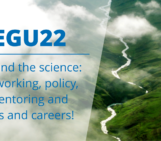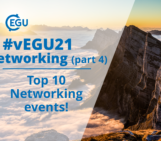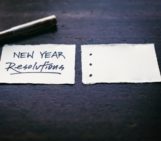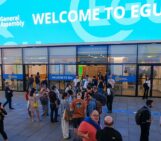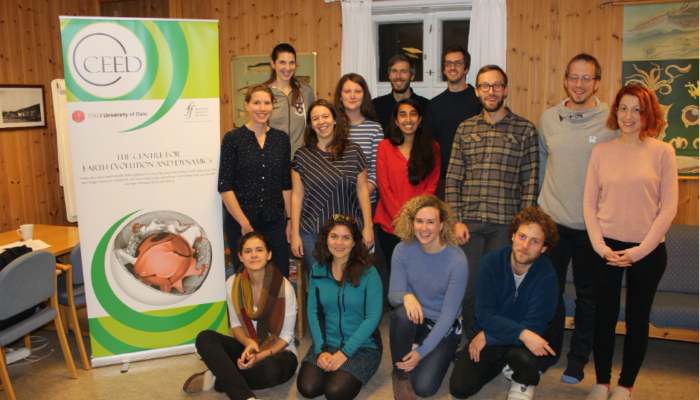
There is no shortage of increasingly uphill challenges in the current research landscape, especially for Early Career researchers: discouragingly long-standing science questions; minimal freedom for developing methodologies; invariably ambivalent proposal reviews; an academic grading scheme based mainly on publication productivity and impact; and enforced competition for few permanent research positions, just to name a few. Despite (or rather, because of) this, in 2018, fourteen international Early Career researchers set out to challenge the traditional structures and approaches, and create a product that represents more than just a written manuscript (Figure 1). In this blog post, we outline a case-study based on our experiences with the recent Subduction Zone Initiation (SZI) Database project, including its research approach, digital platform, and transdisciplinary success (Crameri et al., 2020).
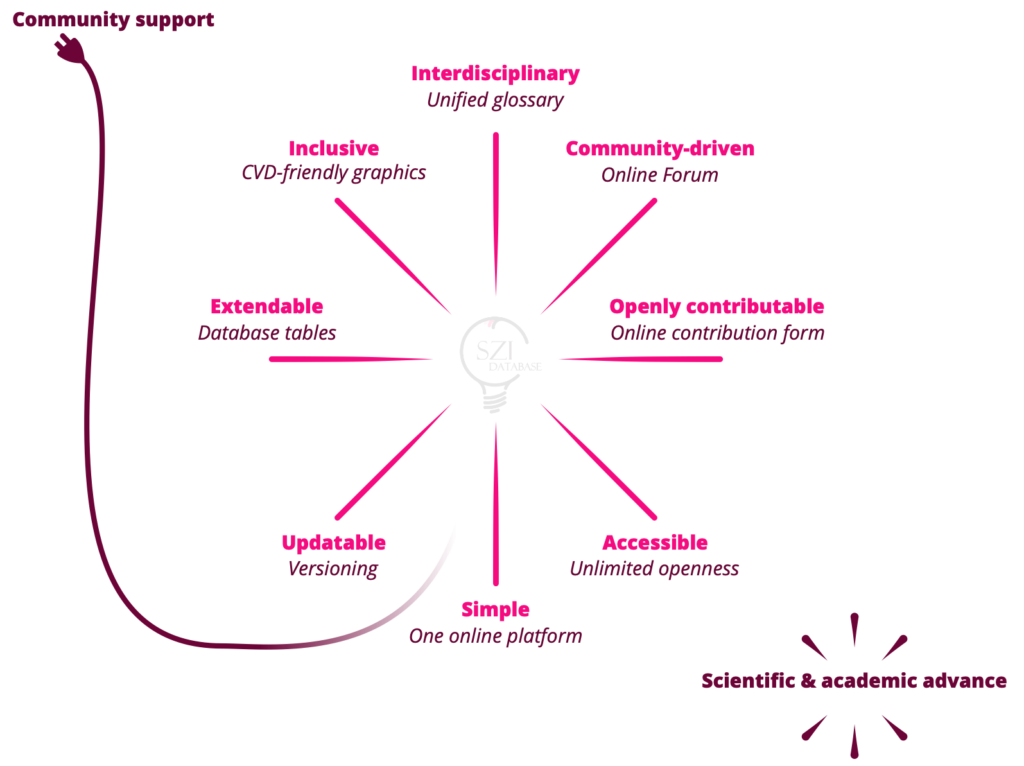
The philosophy behind the SZI Database project. Our transdisciplinary scientific product was designed to be inclusive (e.g., colour-vision deficiency friendly), fully accessible (including manuscript, data, and software), updatable and extendable by the community as a whole via open and unlimited contributions; all provided via one single platform. Financial and academic community support is the only aspect that could not be provided internally, but needs to be improved to support similar future projects and foster further scientific and academic prosperity.
The hint of a promising research path often comes when a researcher is stuck trying to find clear answers to basic questions, finding instead only vague or contradicting ones. The common appearance of these basic questions, in this case how and where new subduction zones start, in papers, conferences and discussion forums, made us realise that the existing framework needed a fresh approach. For this, only a diverse team that could cross the disciplinary borders effortlessly and handle the vast quantity of information would work. Moreover, to gain a new perspective on a process that has been looked at for such a long time already, and to remain unbiased towards established ideologies and methodologies, fresh minds are indispensable (Figure 2). Large interdisciplinary initiatives such as CIDER provide a framework for Early Career researcher-focused mentorship and training. However, we required a more discrete and bottom-up option.
Who would finance a group of self-assembled early career scientists who are claiming to have a truly novel approach to such a long-standing problem?
Despite at least two rejections through major/traditional external funding sources, the project’s investigators instead found support (Table 1), academically and financially, thanks to the Centre of Earth Dynamics and Evolution (CEED), a Norwegian Centre of Excellence (2013-2023) at the University of Oslo. A proposal-like project was submitted internally, including a detailed budget for 9500 Euros. This amount was enough to cover the 7-day workshop (local and international travel; accommodation; food; stationery; field trip), web platform, two EGU abstracts, and journal publication. We acknowledge that not all departments and countries have access to internal funding sources, however, as outlined below, we think the cost-effectiveness and resources-pooling success of our project justifies the price.
Organised by four local Early Career hosts, a team of international scientists assembled, including twelve nationalities with a majority of female participants. Some participants knew each other from existing networks, whereas others met for the first-time during the project. Due to teaching and field obligations, we chose a November workshop. We found a remote, affordable venue (a historic biological research station of the university), which was intentionally located out of reach from other academic obligations and comparable distractions. In this environment, despite our differing scientific backgrounds, we developed a common (cross-disciplinary) language, introduced the basics of the different disciplines, and bonded socially as a group. We also achieved a significant milestone, discussing and realising the preliminary design of the database! By breaking into smaller groups, the team was able to sift through the literature and database sources, as well as make a presentation of our preliminary progress to our more established colleagues for feedback (and showcasing that it was not a waterfront holiday).

The historical biological research station belonging to the University of Oslo in Drøbak, south of Oslo, Norway. (Photo credit: Grace Shephard)
An effort was made to utilize open source and/or easily available scientific and technical software, and online collaboration tools like Zoom or Skype, Google Drive or Overleaf, Slack or good old email. This approach enabled continued and effective collaboration across time zones that spanned the globe; from Australia to Europe to the USA. Importantly, the groundwork and strong team spirit we achieved during the workshop, helped to keep the project alive during the following months, which is not straightforward given how all-consuming other academic duties tend to be. Nevertheless, it was important that the core of the team was based in the same institute and could interact in-person regularly and share the load.
| Challenges | Solutions |
| Receiving funding | Approach senior members/management for advice; be proactive and persistent – it will take a while for stakeholders to understand and share your vision |
| Assembling an interdisciplinary team | Develop and use a common language; provide a universal glossary of key words and terms |
| Minimizing travel costs and budgeting | Off-peak flight days; confirmed itineraries |
| Producing interdisciplinary science | Include diverse and discipline specific experts in the team |
| Gaining basic understanding of key aspects of different disciplines | Have short team-intern introductory presentations of individual experts and continued communication |
| Accessing common working space and data | Open-source or freely available software like Google Drive or Slack |
| Parallel working of multiple members | Common repository; tracked changes; discrete tasks |
| Producing inclusive graphics | CVD- and colour-blind friendly colouring |
| Handling of IT and web-design | Website builders like Wix, and available plug-ins |
| Managing large workload; literature reviews and database formulation | Break into smaller groups, assign discrete tasks; keep a checklist of papers that have been read |
| Retaining group motivation to finish project | Accountability from (internal, direct) funding sources; regular online progress meetings; good social rapport |
| Responding effectively to peer-review | Team leads had a first pass and then discrete tasks assigned; all members review final version |
| Handling non-constructive/combative review comments | Acknowledge, but move on; seek editorial advice |
One key achievable we completed soon following the workshop was submitting an abstract to the EGU 2019 General Assembly. The presentation’s importance was manifold; it was a motivating milestone, enabled adjustments based on the feedback, allowed us to gain the interest of a journal editor (which led to an invited open-access publication, and very valuable, in-depth editorial feedback), and it let the community know that such a resource was inbound, which built excitement via the website and mailing list.
The SZI Database is a flagship example of minimal financial project costs (less than 10,000 Euros) and maximised scientific output. A bonus being setting the foundations of a strong(er) Early Career researcher community. In what seems to be an increasingly commonplace problem in academia, we also faced belittling (anonymous) criticism from more established researchers during the review process. As individual scientists, this sort of feedback can be exhausting and demoralising. But collectively tackling such reviews and comments has emboldened us; and confirmed that this was a worthy “side” project. While it speaks volumes that Early Career researchers are often the driving force behind academic system changes, we acknowledge that the initial encouragement and subsequent financing for this Early Career researcher meeting came from a Senior Career scientist (i.e., the director and team leaders of the research centre); the spark without which this project would not have happened.
As a result of what we earned during this successful transdisciplinary project, we wanted to highlight the key aspects that we feel facilitated our project’s success, and may help anyone hoping to run similar projects in the future:
- (More) Funding for low-cost projects that include a short-term (e.g., week-long) in-person workshop
- (More) Academic freedom for Early Career scientists, for example, by providing longer term (science- instead of proposal-focused) postdoc positions or more flexible individual job descriptions
- (More) Constructive support and guidelines for researchers crossing disciplinary boundaries.
- (More) Openness (when reviewing) and encouragement (when mentoring) for new ideas and, in particular, new approaches and methodologies
References
Crameri, F., Magni, V., Domeier, M., Shephard, G., Chotalia, K., Cooper, G., Eakin, C. M., Grima, A. G., Guerer, D., Király, Á., Mulyukova, E., Peters, K., Robert, B., & Thielmann, M. (2020), A trans-disciplinary and community-driven database to unravel subduction zone initiation, Nature Communications, doi:10.1016/j.tecto.2018.03.016
A blog post highlighting the scientific elements of the project can be found here.

